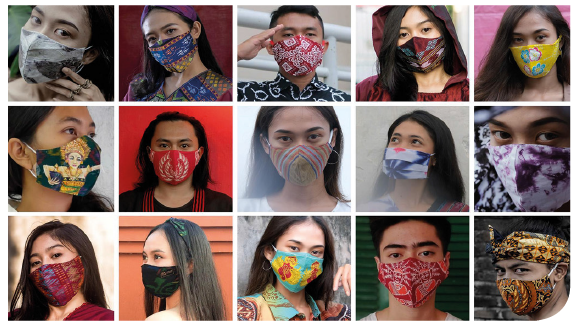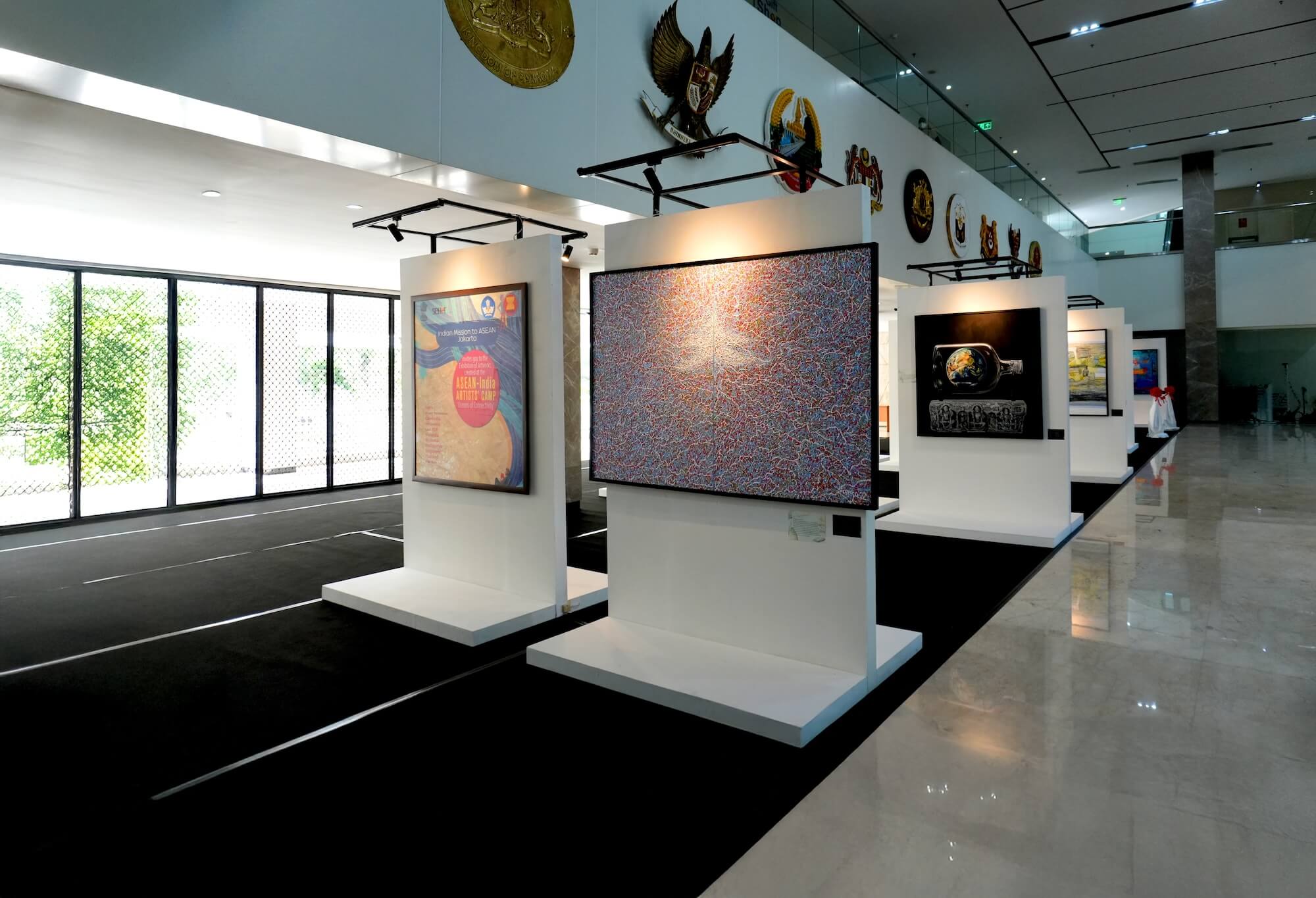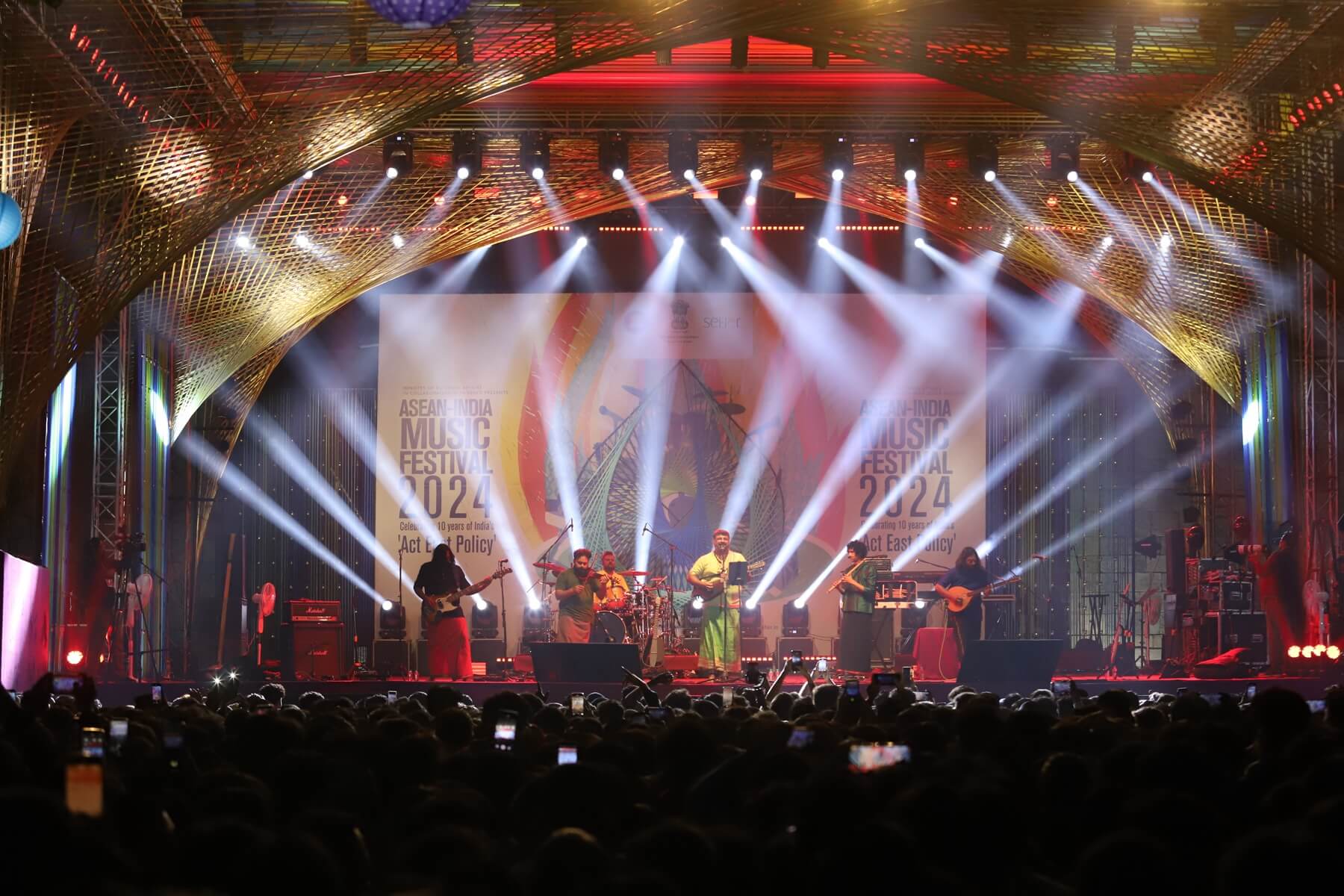



The power of the creative industry has been much talked about globally over the last few decades with a show of promising statistics. Its capacity to generate high GDP and jobs has been underscored to encourage government investment in the sector.
As the COVID-19 pandemic hit the world, its devastating impact on the creative sector is the hot subject of policy debate and analysis. However, many of these papers with macro-analysis do not always provide useful guidance for action. And yet, behind the abstract debate are the lives of many micro-small businesses and self-employed people struggling for better opportunities.
The United Nations General Assembly declared 2021 as the International Year of Creative Economy (https://undocs.org/en/A/RES/74/198), acknowledging the importance of supporting
mass entrepreneurship, creativity, and innovation, to create new momentum for inclusive economic growth. Compared to three decades earlier when the Global North primarily debated the topic, today, more and more countries from the Global South have embraced the concept and led the discussion, exploring their creative economy model. So naturally, nurturing competent human resources to lead the cultural industry is one of the key tasks therein.
The question, however, is how. The creative sector has its peculiar challenges that a standard approach for formal education and vocational training would probably be not conducive. Besides, the stakeholders’ profile also differs from one country to another. The existing pieces of literature and theories, largely based on the experience of the Global North, have not been of practical use in Southeast Asia. This article presents the UNESCO Jakarta Office’s experience and approach in nurturing creative youth hubs around the heritage sites in Indonesia since late 2017.
What is the characteristic of the creative industry in Southeast Asia? It is first and foremost a vast arena with all types of sub-sector and communities in rural and urban settings. They include heritage-based goods and services, such as hand weaving, batik-making and shadow puppets,
as much as non-traditional activities such as rock-band, tourism, fashion, graphic design, to name a few. In Southeast Asia, food-related service often accounts for a large percentage of the creative industry. While some are big players (such as media houses, movie production companies, etc.), most are typically family-based cottage industries or sole proprietor enterprises, often in the informal economy. The educational background of the actors also varies. In the cities, some have a university degree. However, in rural areas or smaller towns, very few have higher education. How can we address human resource capacity-building in such a diverse, complex sector? A straight-jacketed one-size-fits-all training curriculum is certainly not the answer.
In response, the UNESCO Jakarta Office began an experimental Kita Muda Kreatif (KMK—We, the Creative Youth) programme to support young creative entrepreneurs living around famous heritage destinations to develop their business skills. The target beneficiaries are unregistered small businesses, typically unaccounted for in macro statistics. Our target would be to groom them to become registered businesses, thus recognisable and eligible for government support schemes, including grants, scholarships, and invitations to trade fairs.
The KMK programme offers various training topics, including basic financial literacy, business planning, market assessment, brand image development, and use of social media for marketing, just like any other business training programme. Sessions on local heritage are also on the menu to inspire their products and enhance their story-telling skills while raising the sense of social responsibility for heritage protection. The programme also provides opportunities for matchmaking between the youth and industrial players for possible collaboration.
However, our approach would be unique because the KMK programme does not use any pre-designed curriculum or textbook, as would be the case of government-driven vocational training. After all, it is simply not possible to develop fixed modules for a group with such a wide variety of backgrounds. Instead, the programme has strived to pool a wide range of experts and resource persons with their practical experience. They include, amongst others, master craftspersons, anthropologists, historians, fashion designers, marketing firms, business advisors, videographers, and social media specialists, ready to be deployed based on the needs of the beneficiaries.
The project at each site begins with the mapping of the target beneficiaries and their training needs assessment. Then, the consultation process is repeated at the beginning of each project cycle to determine the training plan based on the learning progress of the beneficiaries. While the project currently operates in six different sites, each site has an individual training plan specifically catered to the local need.
This bottom-up and flexible planning has allowed us to remain relevant while quickly responding to emerging needs, such as the COVID-19 pandemic. For example, as soon as the public lockdown was announced in Indonesia in March 2020, the UNESCO project team immediately organised training on business crisis management. The team also introduced practical training on making fashionable face masks and organising virtual market sales for the youth in the craft and fashion sectors to survive this difficult period. In addition, training on developing virtual tours and guiding visitors under the new health protocol was also devised for those working in the tourism sector, along with technical support on making a promotional video for those working in the performance sector to ensure their online presence.
Another specific feature of the KMK programme is continuous mentorship and dialogues between the experts and the beneficiaries and peer-to-peer exchanges amongst the beneficiaries.
The KMK programme did not stop at just organising a series of training. Much effort was spent advising individual youth entrepreneurs in-between to track their progress and motivate them. A series of online courses and the WhatsApp dialogue platform prevented the youth entrepreneurs from feeling isolated during the lockdown.
While it is premature to assess the project impact in just a few years, the UNESCO project team rejoices that out of our 400 youth beneficiaries, about 50 per cent of them developed their branding material and company portfolio, ready for government business registration. About 30 per cent of them developed new products or services.
Twenty-four per cent of them even reported having increased their business turnover compared to previous years, and about 12 per cent even hired new staff because their business expanded even during the pandemic. These encouraging figures support the premise that KMK programme probably has the right approach for uplifting the micro-scale cultural industries, with bottom-up, flexible and continuous as the keywords.
Notwithstanding the importance of global debate and macro-analysis, the KMK project team hopes for more tangible experience sharing amongst the field practitioners than generalised debates on the sector. The creative economy is not an abstract concept but it is individual people striving to meet their ends through ideas and skills. Therefore, the response from international development agencies cannot merely be a global report and statistics. It is imperative to offer concrete support and solutions, even more so now.
Kita Muda Kreatif is a UNESCO-Citi programme supported by the Citi Foundation to nurture entrepreneurial capacity-building of youth working in the creative industry living around famous heritage destinations. The programme currently targets more than 400 youth in six sites, including Central Java, Yogyakarta, Kota Tua Jakarta, Toba, Bali, and Lombok. In 2022, the programme will further expand to more areas in Central Java, including Solo, Sangiran, and Semarang.








